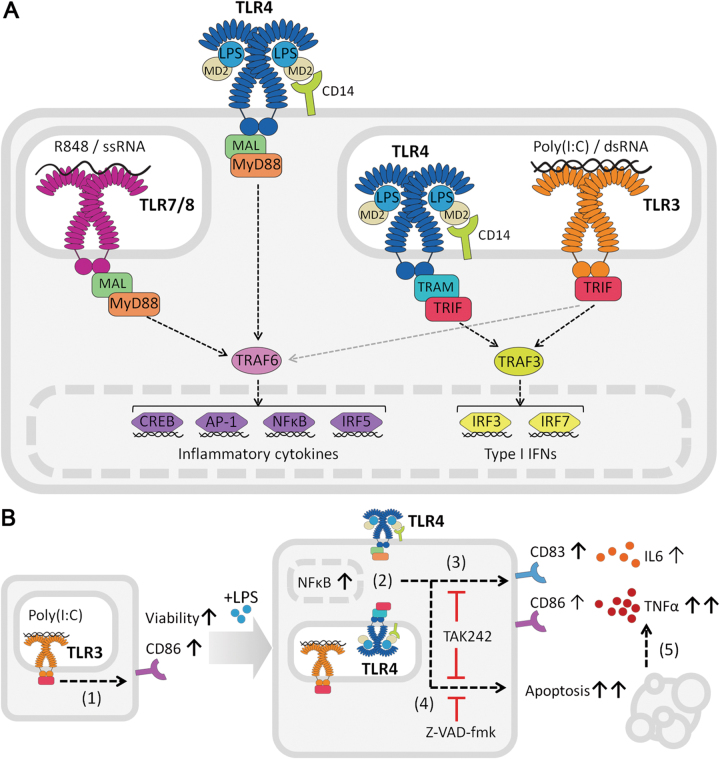Fig. 8. Schematic representation of the TLR signalling pathways and results.
a Overview of the signalling pathways involved in the TLRs studied. Upon R848 or ssRNA ligation, TLR7/8 uses the adaptor molecule MyD88 to signal through TRAF6 and activate the transcription factors inducing inflammatory cytokine production. Poly(I:C) or dsRNA bind to TLR3, that uses the adaptor molecule TRIF to activate TRAF3 and produce type I IFNs to initiate an antiviral immune response. It can also activate TRAF6. TLR4, recognizing LPS with the help of MD2 and CD14, is the only TLR that can signal through both MyD88 and TRIF. b Stimulation of monocytes with poly(I:C) increased their viability and expression of CD86 (1). When poly(I:C)-primed monocytes were then stimulated with low doses of LPS, NFκB signalling was activated and translocated to the nucleus (2), they upregulated CD83 expression, and boosted TNFα and IL6 production (3), concomitant with death by apoptosis (blocked by Z-VAD-fmk) of half the population (4). These effects were inhibited by TAK242, indicating the dependence on direct signalling through TLR4. The induced cell death caused the increased TNFα production (5)

